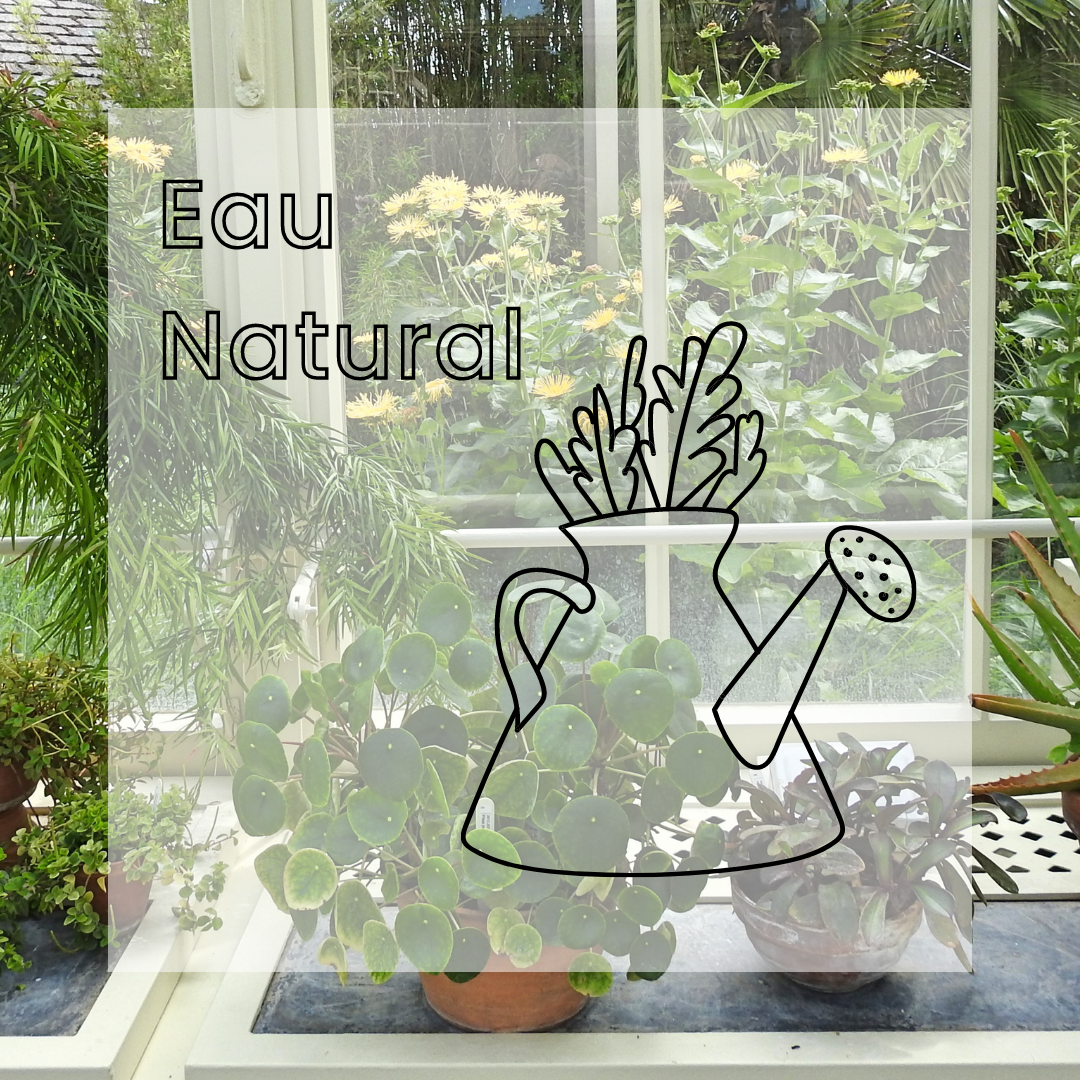Bugs Happen: Top 10 Tips For Plant Pest Control From Plant Pros
Let’s face it: bugs are just part of life. And as anyone who cares for plants knows, they are part of everyday care. Particularly in warm-weather months, indoor plants and their soil can become home to a host of tiny critters, from fungus gnats to scales. Here are our horticulturalists’ expert top tips for how to control bugs on indoor plants.
Know Your Enemy
Learn the signs to look for, to find these most common types of plant bugs.
Scales
Spider Mites
Fungus Gnats
Mealy Bugs
Whiteflies
Aphids
2. Be Vigilant
Check early, check often.
Regularly check plants for signs of infestation. Many infestations can start at the nursery. Learn to recognize signs of bugs and check plants before you buy them. Once you bring a new plant home, check it frequently.
3. Read Between the Leaves
HAVE A Leaf Care ROUTINE.
Dust leaves regularly and give them a gentle wipe down. Watch out for signs of distress such as brown tips. Brown leaf tips can be a sign of fertilizer burn or tip burn, caused by a buildup of salts or fertilizer in the soil. Treat this by snipping away the brown tips with clean, sharp shears.
4. Gentle Cleanse
Clean leaves on a regular basis with a natural solution. For occasional bugs a quick wipe with rubbing alcohol should do the trick. You can make your own cleaning solution:
Mix one of these recipes in a labeled spray bottle:
• 1 tablespoon of baby shampoo and 1 gallon of water
• 1 cup cooking oil, 2 tablespoons dish soap, and 1 quart water
• 2 teaspoons cinnamon and 4 cups warm water steeped overnight
5. Know Your Neem (Oil)
Neem oil is a naturally occurring pesticide. Neem oil is a vegetable oil obtained from the seed kernels of Neem tree (Azadirachta indica), an evergreen of the tropics and sub-tropics. It is deep yellow in color and has garlic–like odor. It contains active ingredients like azadirachtin, nimbin, picrin, and sialin. Neem oil is widely available at your local garden or home store. Although it does have an odor, it is not overpowering. Neem oil can be sprayed on both the plant leaves and the soil to deter pests. It kills a wide variety of insects, including aphids, mealybugs, whiteflies, Japanese beetles, leafhoppers, thrips, fungus gnats, and other garden pests like spider mites and nematodes. Neem oil can also kill fungal diseases like powdery mildew, black spot, scab, anthracnose, and leaf spot.
6. Bathe Regularly
When plants need a more thorough cleaning (like after extra dust exposure such as construction) you can dunk them in a bath, carefully holding them at the base to keep the soil in place. Immersion baths can quickly spruce up your leaves, while effectively applying soap.
7. Lather Up
A little Insecticidal Soap goes a long way
Insecticidal soap kills common pests on indoor plants and outdoor plants on contact. However, unlike other pesticides, insecticidal soap needs to make contact with the pest to be effective. When using it as a spray, To spray, soak both the bottom and tops of leaves, ideally targeting any insects you can see. Test the spray on just a few leaves before you apply it to the whole plant. You can purchase insecticidal soap ready-made or make your own.
To make your own eco-friendly insecticidal soap, mix natural, gently soap such as liquid Castile soap (such as Dr. Bronner’s) and water (if your water is very hard, try bottled water) in a clean sprayer bottle:
5 tablespoons soap to 1 gallon of water
OR
1 heavy tablespoon soap to 1 quart of water
8. Stick it To ‘Em
Use Sticky traps to catch airborne critters.
Simple sticky traps are a low tech, high efficiency way to eradicate flying pests. Plus they’re inexpensive. We especially like to use these as an alternative to chemicals.
9. Trapper Keeper
Use a mechanical trap to catch gnats.
Mechanical indoor bug traps are another great way to alleviate flying bugs without chemicals or poisons. We like the Katchy.
10. Know When to Let Go
Sometimes it’s best to sacrifice a plant to stop an infestation from spreading. If you’ve tried everything and you can’t rid of bugs, the best option may be to get rid of infested plants.








